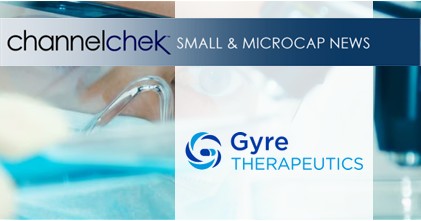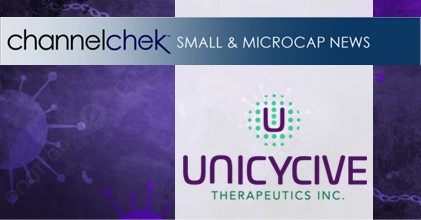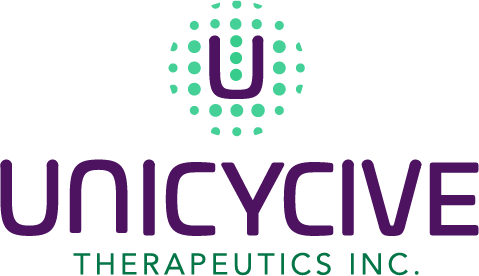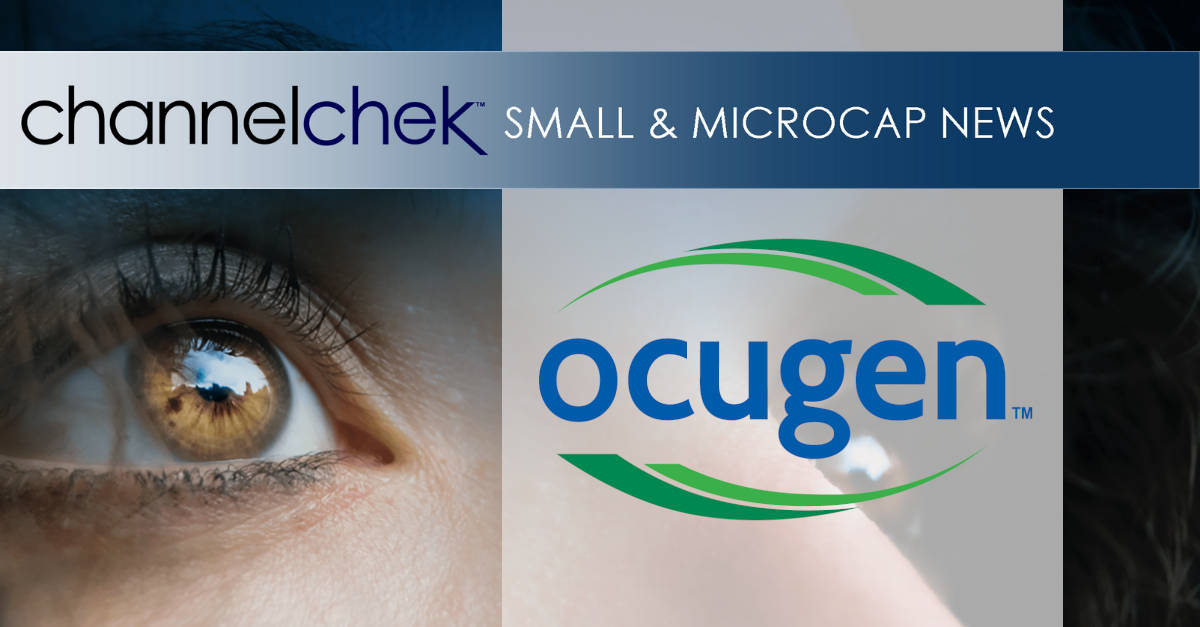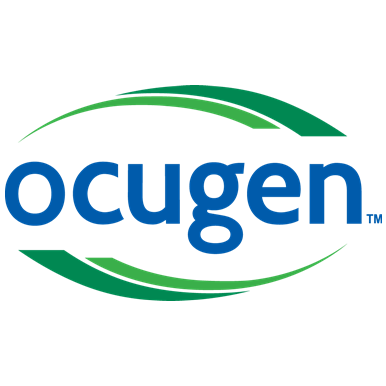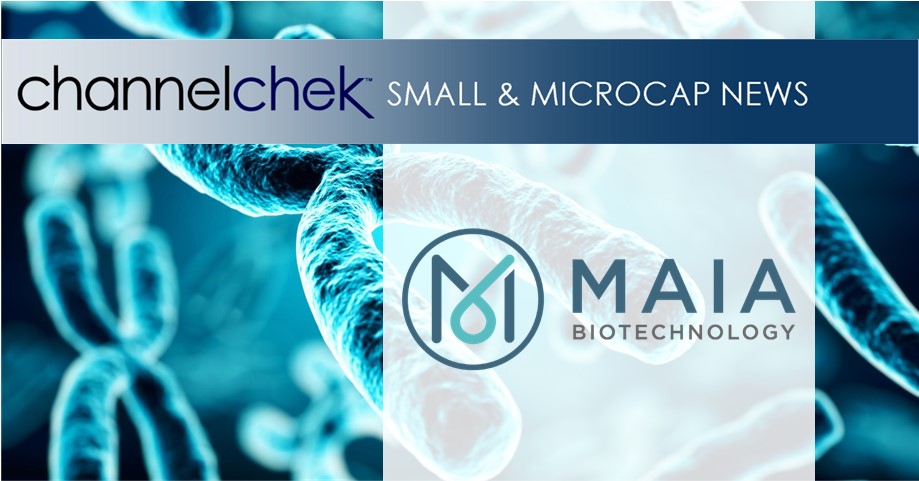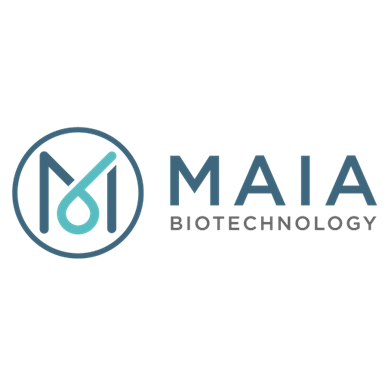
Research News and Market Data on Gyre Therapeutics
March 27, 2025
SAN DIEGO, March 27, 2025 (GLOBE NEWSWIRE) — Gyre Therapeutics (“Gyre”) (Nasdaq: GYRE), an innovative, commercial-stage biotechnology company with clinical development programs focusing on organ fibrosis, today announced the publication of the manuscript titled “Hydronidone for the Treatment of Liver Fibrosis Associated with Chronic Hepatitis B: Protocol for a Phase 3 Randomized Trial” in the Journal of Clinical and Translational Hepatology. This publication details the full protocol for the pivotal Phase 3 trial to support the use of hydronidone in Chinese patients with liver fibrosis associated with chronic hepatitis B (“CHB”). The published protocol outlines patient inclusion criteria, randomization and blinding processes, key assessments, and the statistical analysis plan.
The randomized, double-blind, placebo-controlled, multicenter Phase 3 trial (NCT05115942) completed the enrollment of 248 patients across 44 clinical research hospitals in the People’s Republic of China (“PRC”) in October 2024. Patients were randomized 1:1 to receive either F351 or placebo in addition to entecavir antiviral basic therapy for CHB. The primary endpoint is a decrease in liver fibrosis (as measured by the Ishak Scoring System) by at least one stage after 52 weeks of treatment relative to baseline.
The PRC’s National Medical Products Administration (“NMPA”) designated F351 as a “Breakthrough Therapy” in 2021. Gyre expects to report topline results from this Phase 3 trial in the second quarter of 2025.
About Hydronidone (F351)
F351 is a next-generation anti-fibrotic compound and a structural analogue of Pirfenidone, the first approved treatment for idiopathic pulmonary fibrosis (“IPF”) in Japan, the European Union, the United States and the PRC. F351’s dual mechanism has been shown to inhibit in vitro p38γ kinase activity and TGF-β1-driven collagen overproduction—both key drivers of liver fibrosis. F351 specifically targets hepatic stellate cells (“HSCs”), which are central to the progression of fibrosis. In preclinical studies, it has shown strong anti-proliferative and anti-fibrotic effects on HSCs. These effects have been validated across multiple in vivo models of liver fibrosis, including CCl4-induced liver fibrosis in mice, DMN- and HSA-induced liver fibrosis in rats, and a mouse model of MASH fibrosis (a form of MASH with fibrosis) induced by CCl4 plus a Western high-fat diet. Together, these results highlight F351’s potential as a differentiated treatment for liver fibrosis, with a unique mechanism and strong preclinical and clinical evidence supporting its advancement into later-stage development.
About Gyre Pharmaceuticals
Gyre Pharmaceuticals is a commercial-stage biopharmaceutical company committed to the research, development, manufacturing and commercialization of innovative drugs for organ fibrosis. Its flagship product, ETUARY® (Pirfenidone capsule), was the first approved treatment for IPF in the PRC in 2011 and has maintained a prominent market share (2024 net sales of $105.8 million). In addition, Gyre Pharmaceuticals is evaluating F351 in a Phase 3 clinical trial in CHB-associated liver fibrosis in the PRC, which is expected to readout topline data by Q2 2025. F351 received Breakthrough Therapy designation by the NMPA Center for Drug Evaluation in March 2021. Gyre Pharmaceuticals is also developing treatments for PD, DKD, COPD, PAH and ALF/ACLF. In October 2023, Gyre Therapeutics acquired an indirect majority interest in Gyre Pharmaceuticals (also known as Beijing Continent Pharmaceuticals Co., Ltd.).
About Gyre Therapeutics
Gyre Therapeutics is a biopharmaceutical company headquartered in San Diego, CA, with a primary focus on the development and commercialization of F351 (Hydronidone) for the treatment of MASH-associated fibrosis in the U.S. Gyre’s development strategy for F351 in MASH is based on the company’s experience in MASH rodent model mechanistic studies and CHB-induced liver fibrosis clinical studies. Gyre is also advancing a diverse pipeline in the PRC through its indirect controlling interest in Gyre Pharmaceuticals, including ETUARY therapeutic expansions, F573, F528, and F230.
Forward-Looking Statements
This press release contains “forward-looking statements” within the meaning of the “safe harbor” provisions of the Private Securities Litigation Reform Act of 1995, which statements are subject to substantial risks and uncertainties and are based on estimates and assumptions. All statements, other than statements of historical facts included in this press release, are forward-looking statements, including statements concerning: the expectations regarding Gyre’s research and development efforts and timing of expected clinical readouts, including timing of topline data from Gyre Pharmaceuticals’ Phase 3 clinical trial evaluating F351 for the treatment of CHB-associated liver fibrosis in the PRC. In some cases, you can identify forward-looking statements by terms such as “may,” “might,” “will,” “objective,” “intend,” “should,” “could,” “can,” “would,” “expect,” “believe,” “design,” “estimate,” “predict,” “potential,” “plan” or the negative of these terms, and similar expressions intended to identify forward-looking statements. These statements reflect our plans, estimates, and expectations, as of the date of this press release. These statements involve known and unknown risks, uncertainties and other factors that could cause our actual results to differ materially from the forward-looking statements expressed or implied in this press release. Actual results and the timing of events could differ materially from those anticipated in such forward-looking statements as a result of these risks and uncertainties, which include, without limitation: Gyre’s ability to execute on its clinical development strategies; positive results from a clinical trial may not necessarily be predictive of the results of future or ongoing clinical trials; the timing or likelihood of regulatory filings and approvals; competition from competing products; the impact of general economic, health, industrial or political conditions in the United States or internationally; the sufficiency of Gyre’s capital resources and its ability to raise additional capital. Additional risks and factors are identified under “Risk Factors” in Gyre’s Annual Report on Form 10-K for the year ended December 31, 2024 filed on March 17, 2025 and in other filings the Company may make with the Securities and Exchange Commission.
Gyre expressly disclaims any obligation to update any forward-looking statements whether as a result of new information, future events or otherwise, except as required by law.
For Investors:
Stephen Jasper
stephen@gilmartinir.com
